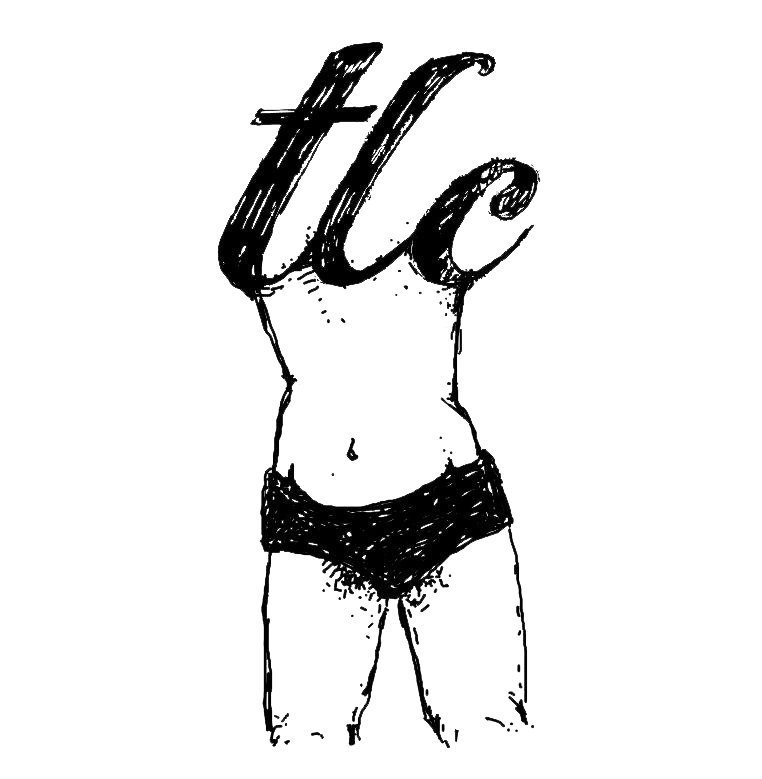Three Thousand Stitches is a string of eleven short autobiographical stories penned by the chairperson of Infosys, Sudha Murthy. It depicts challenges she (and one imagines many other women) faced from conservative, upper caste backgrounds in southern India, in making brazen choices, especially when abandoning the hearth for intellectual and social headway in mainstream life, populated by men. For readers only minimally acquainted with feminist theory, or the history of women’s liberation, this text manages to trace the silhouette of a genuine struggle and does a favour for and in characterising the new popular sensibility, making it accessible and inspiring all the same. (Not an excuse to be lazy about keeping up with the goings-on of Indian feminism though!)
This ambition and grit in Sudha Murthy’s life offered up many stories about fighting against the deemed norm. The battle starts as early as childhood — struggling to get an education traditionally offered to boys. How she was vilified, teased and even deterred from studying by her peers and even her principal, who advised her father not to encourage this because they don’t have a ladies bathroom of all things is strikingly narrated in the in the story. While reading it, this reviewer cheered for the dad! Finally #NotAllMen has a face, albeit on paper. Murthy was the only girl student at her university. She topped her college. She triumphs in the face of adversity, and it was so heartening to read, despite my cynical distaste for happy endings.
The text begins with the titular story, and concerns her first painful adventure in the public sphere among temple prostitutes known as ‘Devdasis’ in the pursuit of saving them from misery, to usher them into a new life, despite their resistance to her help (they threw chappals, and then tomatoes at her a second time when she first approached them!). Of course, again, I understand the need for a happy ending, wherein women finally exit a life of prostitution. That the temple prostitutes of Karnataka have disappeared is a disputed claim at best. Reportage suggesting otherwise surface from time to time.
It would be irresponsible to say otherwise in a work of nonfiction. Although, still, observe at how simply and it’s laid out.
“Young girls were initially dedicated to the worship and service of a deity or a temple in good faith, but eventually, the word devadasi became synonymous with a sex worker. Some were born into the life, while others were ‘sacrificed’ to the temples by their parents due to various reasons, or simply because they caught a hair infection like the ringworm of the scalp, assumed to be indicative that the girl was destined to be a ‘devadasi’.”
The experiences of domesticity with household rituals are delineated in the text and show us a rousing, towering figure worth our attention and respect at the end of it.
At first, there is a temptation to reduce the book down to its self-apparent popular appeal, made for a reader likely to flip through a quick read on the metro, sample some easy breezy nonfiction during lunch breaks. Critics and well-trained readers fluent with narrative forms and theories of the novel will not enjoy this text. This much is clear.
That’s not an admonition, but a significant facet that makes it so unique: English is not Murthy’s first language. In fact, the coloniser’s tongue didn’t enter her mouth until adulthood. Whether readers or critics understand this, it remains a redeeming factor.
In this ligature of tale, offering configurations of toil and triumph, there is a visible undercurrent of a very Indian anxiety, that shadows all our attempts to speak and write in English in the way it ‘should be’. Murthy is undeterred by this anxiety and leaves it on flagrant display. Whether it’s intentional is not important to probe. The mere fact that it’s there puts her in a league far ahead of writers more concerned with being taken seriously than actually putting words on paper.
The Indianisms visible in the use of language seems authentic and cohere with the manner of people that use the English language in southern India. In the stories, especially where one learns about all the indigenous vegetables whose roots can be traced everywhere but India, the eccentric articulation does exceptionally well to exhibit veritable diction, which forms the core of the characters in these stories. They are warmly expressed to encourage self-reflection in the reader, even offer advice to those with low spirits, in a very grandmotherly way. Despite a young Sudha’s ouster amid exploited women, our protagonist persists. At the outset, Murthy handles issues of alcoholism, sexism, discrimination and general conservative nonsense with a kind of yuppy wisdom that may well merit an avuncular fondness, but stays endearing nonetheless. It’s useful precisely for that reason.
Three Thousand Stitches puts together a true tale of triumph, there to reminds us that nothing blossoms all year round, yet nothing fails to blossom eventually. These days happy endings have been reduced to a service to at a low-rent massage parlour; Disney has gone dark. So, read this book, offering up positivity at leisure, and until the end, even if it gets a bit preachy.
The book 3000 stitches was published by Penguin and can be bought from Amazon for as low as Rs 49 for the Kindle edition.






















Leave a Reply